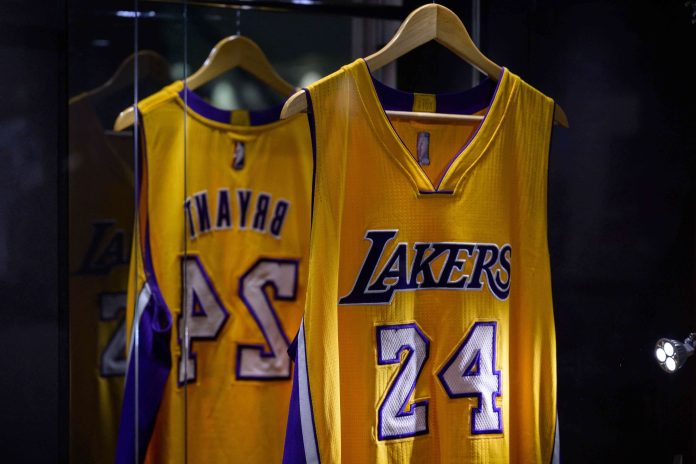Hacks to Get Rid of Muscle Soreness Overnight!
Gym and exercise are a part of most people’s routine as it makes them feel strong, healthy, and confident. However, one common problem that many people face after a workout is muscle soreness. Muscle soreness can be uncomfortable and can hinder your ability to perform daily activities. If you’re looking for ways to get rid of muscle soreness overnight, we’ve got you covered. In this article, we’ll share some effective hacks that can help alleviate muscle soreness and promote faster recovery.
1. Stretching and Warm-up
Before diving into your workout routine, it’s crucial to warm up your muscles and stretch properly. Warming up increases blood flow to the muscles, making them more flexible and less prone to injury. Dynamic stretches like arm circles, leg swings, and lunges are great for warming up. Additionally, static stretches after your workout can help relieve muscle tension and reduce soreness.
2. Foam Rolling
Foam rolling is a self-massage technique that involves using a foam roller to apply pressure to specific muscles. It helps break up adhesions and knots in the muscles, improving blood circulation and reducing muscle soreness. Foam rolling is particularly effective for large muscle groups like the quadriceps, hamstrings, and calves. Spend a few minutes foam rolling after your workout to experience its benefits.
3. Cold Therapy
Cold therapy, also known as cryotherapy, is an excellent way to reduce inflammation and muscle soreness. Applying an ice pack or taking an ice bath can help constrict blood vessels, reduce swelling, and numb the area. Cold therapy should be applied within 24 hours of your workout for maximum effectiveness. Remember to wrap the ice pack in a towel to protect your skin from direct contact.
4. Epsom Salt Bath
Epsom salt baths are a popular remedy for muscle soreness and relaxation. Epsom salt contains magnesium sulfate, which can be absorbed through the skin and help reduce inflammation and muscle tension. Fill your bathtub with warm water and add a cup or two of Epsom salt. Soak in the bath for 20-30 minutes to experience the soothing effects.
5. Stay Hydrated
Drinking enough water is essential for overall health, but it’s especially important when it comes to muscle recovery. Dehydration can exacerbate muscle soreness and delay the healing process. Make sure to drink plenty of water before, during, and after your workout to stay hydrated. You can also incorporate electrolyte-rich drinks like coconut water or sports drinks to replenish lost minerals.
6. Get Enough Sleep
Sleep is crucial for muscle recovery and growth. During sleep, your body repairs damaged tissues and releases growth hormones that aid in muscle repair. Aim for 7-9 hours of quality sleep each night to optimize your recovery process. If you’re having trouble falling asleep, try creating a relaxing bedtime routine and avoid electronic devices before bed.
7. Light Exercise
While it may seem counterintuitive, engaging in light exercise can actually help alleviate muscle soreness. Low-intensity activities like walking or swimming increase blood flow to the muscles, promoting faster recovery. However, avoid intense workouts or exercises that target the same muscle groups that are already sore.
8. Massage Therapy
Massage therapy is a popular method for relieving muscle soreness and tension. Professional massages can help improve blood circulation, reduce inflammation, and break up scar tissue. If you don’t have access to a massage therapist, you can also use a handheld massager or massage tools to target specific areas of soreness.
Conclusion
Muscle soreness is a common issue that many people face after intense workouts. However, with the right techniques and hacks, you can alleviate muscle soreness and promote faster recovery. Incorporate stretching, foam rolling, cold therapy, Epsom salt baths, hydration, sleep, light exercise, and massage therapy into your routine to experience the benefits. Remember to listen to your body and give yourself enough time to recover between workouts. By taking care of your muscles, you’ll be able to continue enjoying the benefits of exercise without the discomfort of muscle soreness.
Read more on Techk Times.



